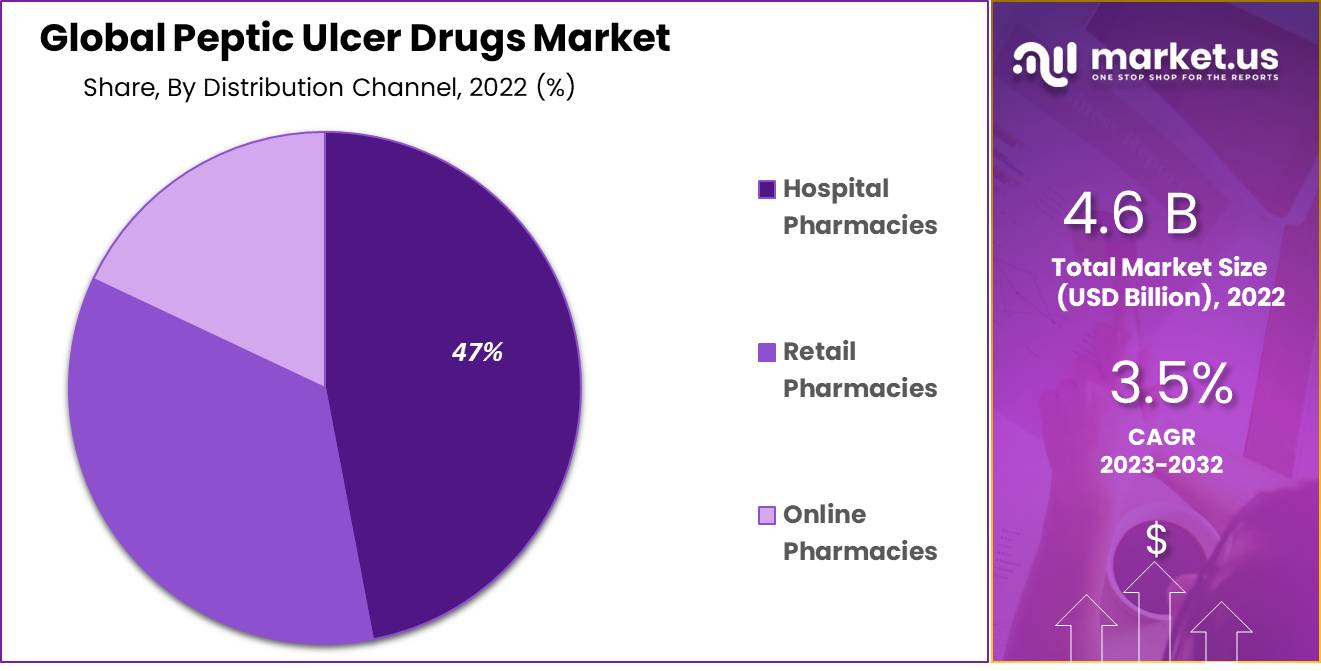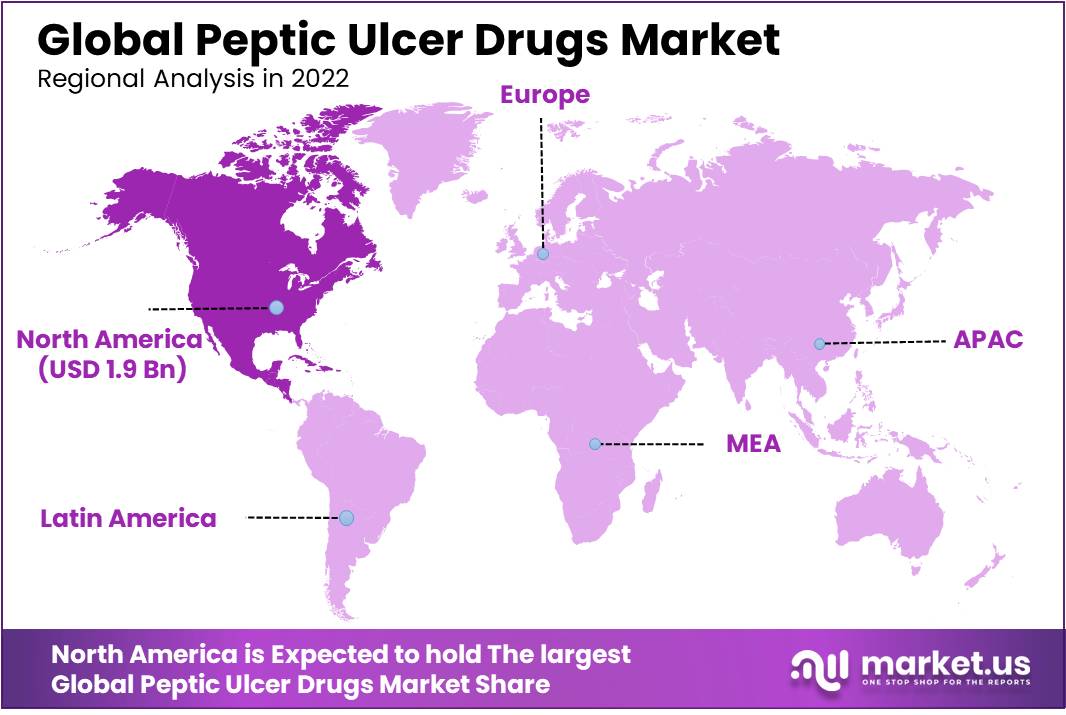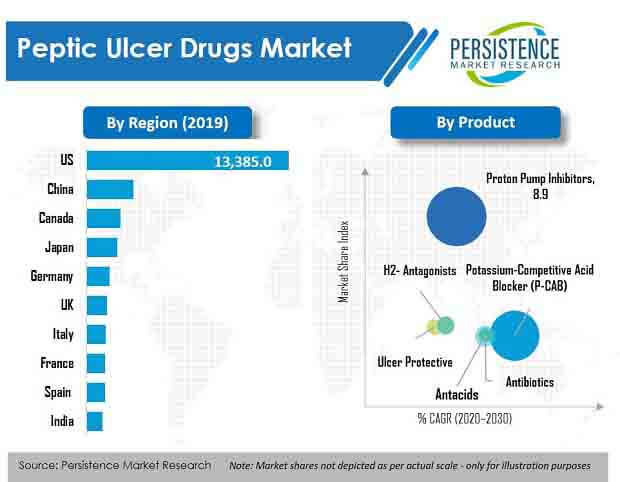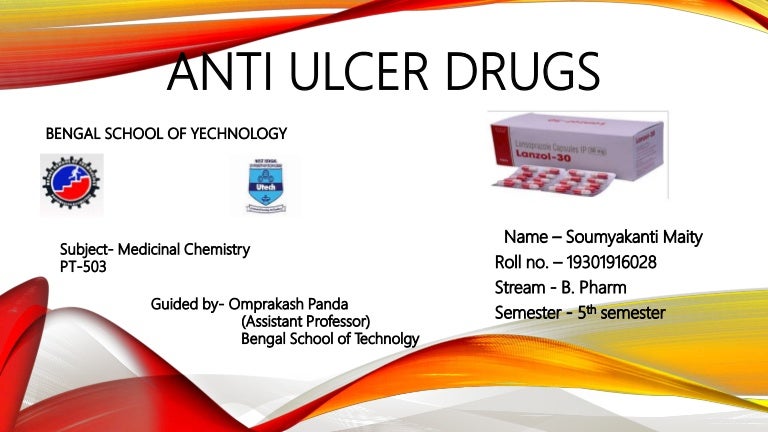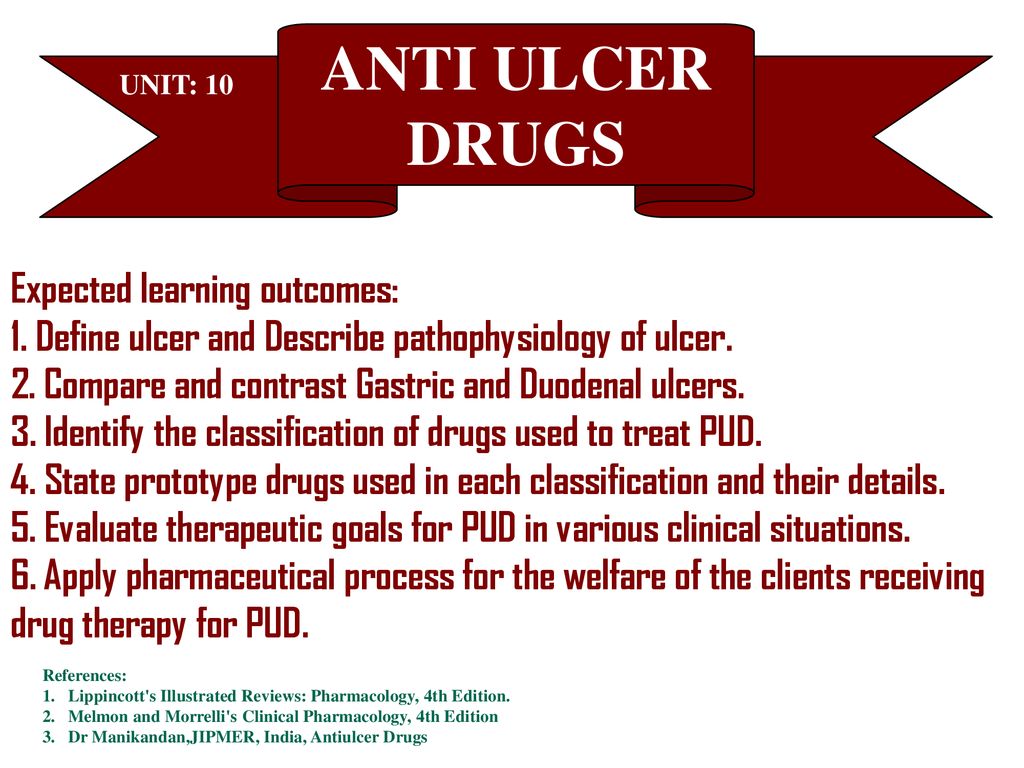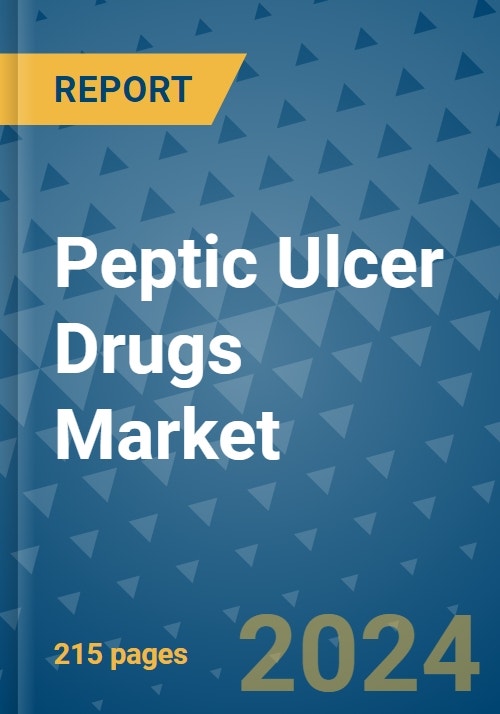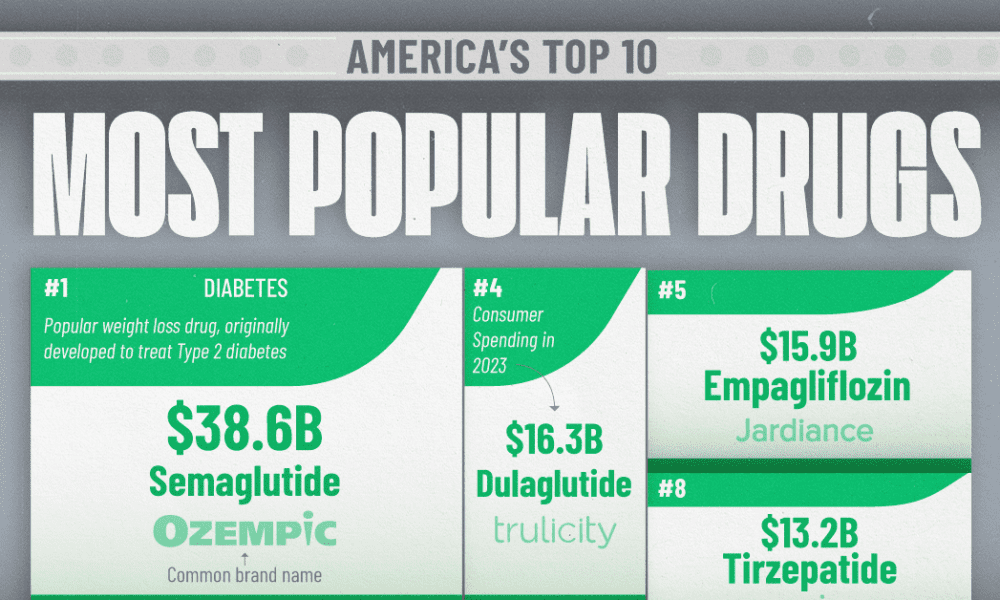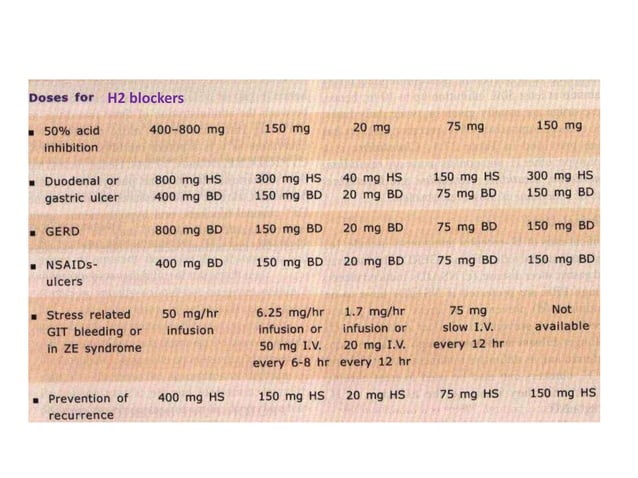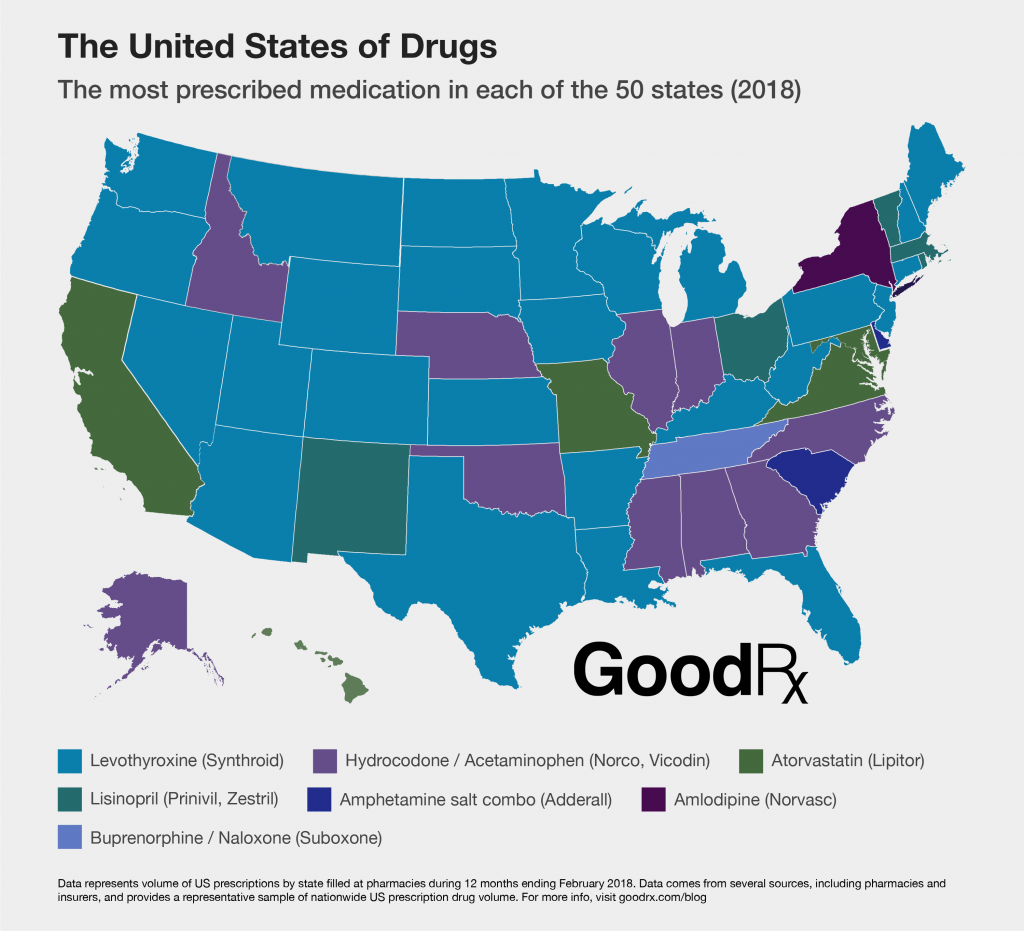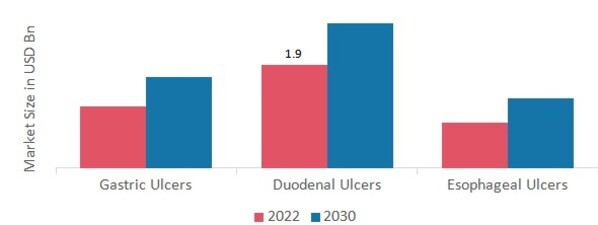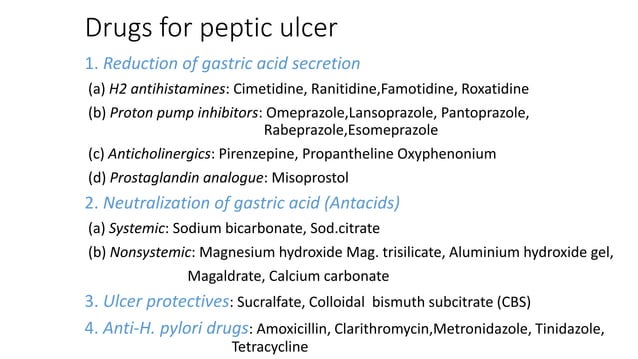How Much Is Ulcer Drugs In Usa

Imagine waking up with a gnawing pain in your stomach, a discomfort that lingers throughout the day, making it difficult to focus and enjoy life's simple pleasures. This is the reality for millions of Americans who suffer from ulcers, those painful sores in the lining of the stomach or small intestine. Finding relief often involves medication, but the cost of these ulcer drugs can be a significant burden, especially for those without comprehensive health insurance.
This article delves into the complex landscape of ulcer drug prices in the United States. We will explore the factors influencing these costs, compare the prices of different medications, and examine the resources available to help individuals manage the financial burden of treating this common condition.
Understanding Ulcers and Their Treatment
Ulcers, also known as peptic ulcers, are open sores that develop on the inside lining of your stomach and the upper portion of your small intestine. They are often caused by an infection with the bacterium Helicobacter pylori (H. pylori) or long-term use of nonsteroidal anti-inflammatory drugs (NSAIDs) like ibuprofen and naproxen.
Treatment typically involves a combination of medications to reduce stomach acid, protect the ulcer, and eradicate H. pylori if present. These medications can include proton pump inhibitors (PPIs), H2 blockers, antacids, and antibiotics.
Common Ulcer Medications
Proton pump inhibitors (PPIs) are a class of drugs that work by reducing the production of stomach acid. Common PPIs include omeprazole (Prilosec), lansoprazole (Prevacid), esomeprazole (Nexium), and pantoprazole (Protonix). These are often the first-line treatment for ulcers.
H2 blockers, also known as histamine-2 receptor antagonists, also reduce stomach acid production, though generally not as effectively as PPIs. Examples include ranitidine (Zantac), famotidine (Pepcid), and cimetidine (Tagamet). While ranitidine was previously a widely used H2 blocker, it was recalled from the market due to concerns about contamination.
Antacids provide quick relief from heartburn and indigestion by neutralizing stomach acid. Common antacids include Tums, Rolaids, and Maalox. They are usually used for short-term symptom relief rather than as a primary treatment for ulcers.
Antibiotics are prescribed if an H. pylori infection is detected. A typical treatment regimen involves a combination of antibiotics and a PPI to eradicate the bacteria and allow the ulcer to heal.
The Cost of Ulcer Drugs in the USA
The cost of ulcer drugs in the United States can vary significantly depending on several factors. These include the type of medication, whether it's a brand-name or generic drug, the pharmacy you use, and your insurance coverage.
Brand-name drugs are typically more expensive than their generic counterparts. This is because the pharmaceutical company that developed the drug has exclusive rights to sell it for a certain period, allowing them to recoup their research and development costs. Once the patent expires, other companies can manufacture and sell the generic version, which is usually significantly cheaper.
According to data from GoodRx, a website that tracks prescription drug prices, the average retail price for a 30-day supply of omeprazole (a generic PPI) can range from $10 to $30, depending on the pharmacy. However, the brand-name version, Prilosec, can cost upwards of $200 for the same supply.
Similarly, a 30-day supply of generic famotidine (an H2 blocker) can cost around $10 to $20, while the brand-name Pepcid can cost significantly more. The cost of antibiotics for H. pylori treatment can also vary widely, depending on the specific antibiotics prescribed and the duration of treatment.
Insurance coverage plays a crucial role in determining the out-of-pocket cost for ulcer medications. Individuals with comprehensive health insurance may only have to pay a copay or a small percentage of the total cost. However, those with high-deductible health plans or no insurance may face the full retail price of the drugs.
Factors Influencing Drug Prices
Several factors contribute to the high cost of prescription drugs in the United States. These include the lack of government regulation on drug prices, the complex system of drug pricing and reimbursement, and the high cost of research and development for new drugs.
Unlike many other developed countries, the United States does not have a system of government price controls on prescription drugs. This allows pharmaceutical companies to set their own prices, often based on what the market will bear.
The pharmaceutical supply chain is also complex, involving manufacturers, wholesalers, pharmacies, and insurance companies. Each party adds its own markup, contributing to the overall cost of the drug.
Pharmaceutical companies argue that the high cost of drugs is necessary to fund the research and development of new and innovative treatments. However, critics argue that drug companies are often more focused on maximizing profits than on making drugs affordable for patients.
Resources for Affordable Ulcer Treatment
Fortunately, there are several resources available to help individuals manage the cost of ulcer medications. These include generic drugs, discount programs, patient assistance programs, and community health centers.
Choosing generic drugs over brand-name drugs is one of the most effective ways to save money on prescription medications. Generic drugs contain the same active ingredients as their brand-name counterparts but are typically much cheaper.
Many pharmacies offer discount programs or prescription savings cards that can help lower the cost of medications. Websites like GoodRx and SingleCare allow you to compare prices at different pharmacies and find coupons or discounts.
Pharmaceutical companies often offer patient assistance programs (PAPs) to help low-income individuals afford their medications. These programs provide free or discounted drugs to eligible patients.
Community health centers provide affordable healthcare services to underserved populations, including prescription medications. These centers often operate on a sliding fee scale, meaning that the cost of services is based on your income.
Organizations like the Partnership for Prescription Assistance (PPARx) can help connect individuals with patient assistance programs and other resources for affordable medications.
Conclusion
Dealing with an ulcer is challenging enough without the added stress of worrying about medication costs. While the price of ulcer drugs in the USA can be substantial, understanding the factors influencing these costs and exploring available resources can empower individuals to find affordable treatment options.
By embracing generic alternatives, utilizing discount programs, and seeking assistance from patient assistance programs and community health centers, managing the financial burden of ulcer treatment becomes more attainable. Remember, seeking medical advice and exploring all available resources is key to finding the most effective and affordable path to healing.
The journey to recovery should not be hampered by financial constraints. With proactive research and informed choices, a healthy and pain-free future is within reach.

